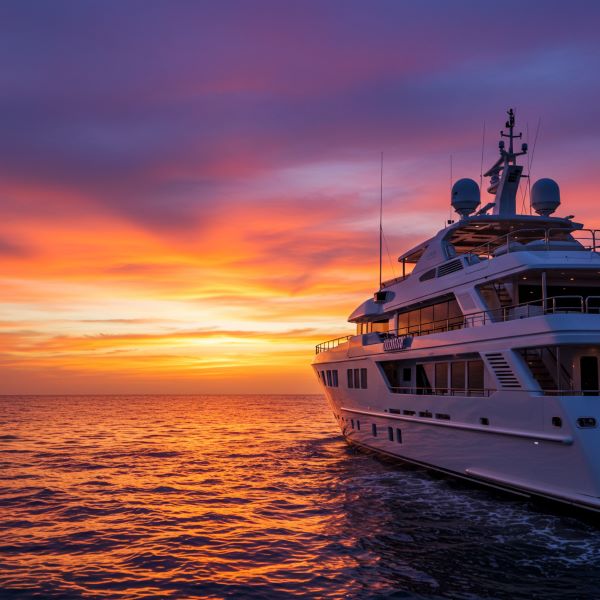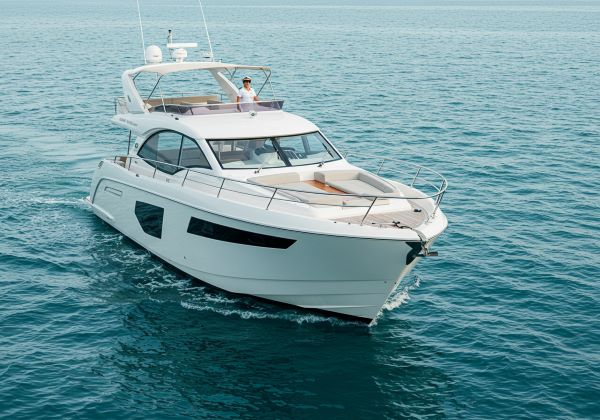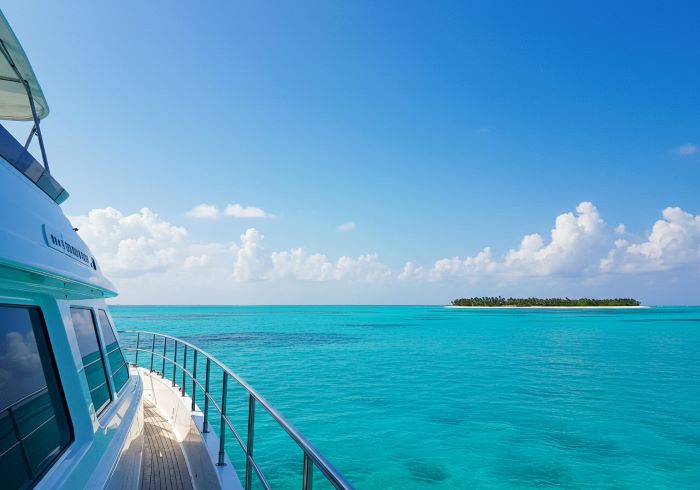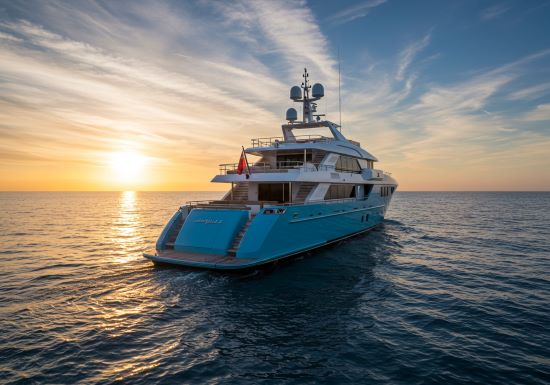External Bow Thrusters and Stern Thrusters: Complete Docking Solutions for Enhanced Boat Maneuverability
Professional marine thruster solutions for effortless docking and precise boat control - backed by the trusted standards you will find in the Plastimo catalogue.
Serving the French Riviera with expert installation and consultation services for all types of vessels.




